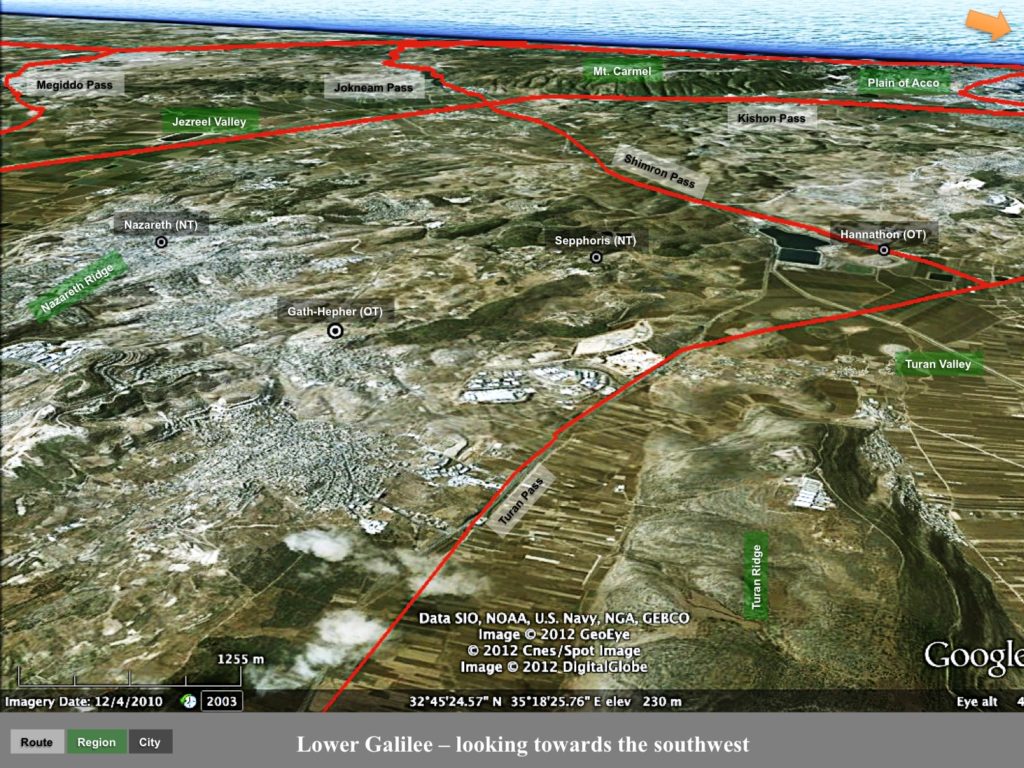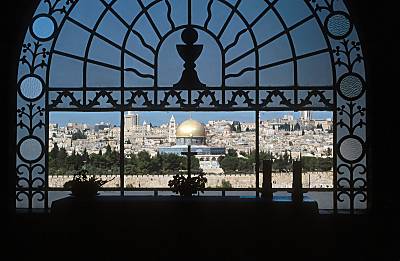Question: How do you address the skeptic who argues that Chorazin did not exist in Jesus’ day? –J.H.
Answer: Two of the Gospels record that Jesus condemned Chorazin for its lack of faith (Matt 11:21; Luke 10:13). Scholars have identified Chorazin as Khirbet Karazeh, a site located two miles north of Capernaum, but excavations have not revealed remains earlier than the 2nd century AD. You’re asking if this contradicts the New Testament.
First, the incidental reference to Chorazin would hardly have been invented by a Gospel writer. One could potentially use the reference to argue that the Gospels were written only much later in the second century, but there is abundant evidence dating Matthew and Luke to the first century.
Second, in some cases the name of a site is preserved in the area but not at the specific location.
Names did move in antiquity as well as today (e.g., Beth Zur, Socoh), and this possibility cannot be ruled out.
Third, another ancient text, the Talmud, refers to the existence of Chorazin in the first century. Rabbi Yose said that they would have brought the wheat from Chorazin to the temple for the Omer offering if it had been closer to Jerusalem (b. Men. 85a).
Fourth, in an unpublished report written in 1926, J. Ory described an earlier synagogue 650 feet (200 m) west of the second-century synagogue: “A square colonnaded building of small dimensions, of a disposition similar to the interior arrangement of the synagogue, 7 columns, 3 on each side…with sitting benches in 5 courses” (cited by Foerster on page 26 of Ancient Synagogues Revealed). This building has not been re-located, but it is possible that this is the synagogue of Jesus’ time.
Finally, we must recognize that archaeology has recovered so little of the ancient world. First-century synagogues in Galilee are a great example, as textual sources indicate the existence of dozens and yet archaeology has found only a handful (e.g., Magdala, Gamla). The fact that these are not known today hardly means that they did not once exist. Perhaps the architecture was different than what archaeologists have been looking for, perhaps the Roman destruction was severe in some cases, or perhaps it is just a case of not having sufficient resources to excavate the hundreds of archaeological sites in Galilee.
A telling example of just how limited archaeology is during this time period is the apparent complete disappearance of the nearby city of Bethsaida-Julias. Archaeologists excavating et-Tell so much want it to be the glorious first-century city constructed by Herod Philip but they have not found it (despite their claims to the contrary). The problem is not with the ancient sources but with the preserved remains and archaeologists’ ability to find them.





